The story of poor Mercy Brown, accused of vampirism (10 photos)
After death, any person deserves peace. But some citizens like to be overly active in trying to find mystical explanations for ordinary things. Due to limited thinking, own stupidity and just for fun. This was the case with a girl named Mercy Brown, who was not given peace by her “kind” neighbors even after her sudden death. 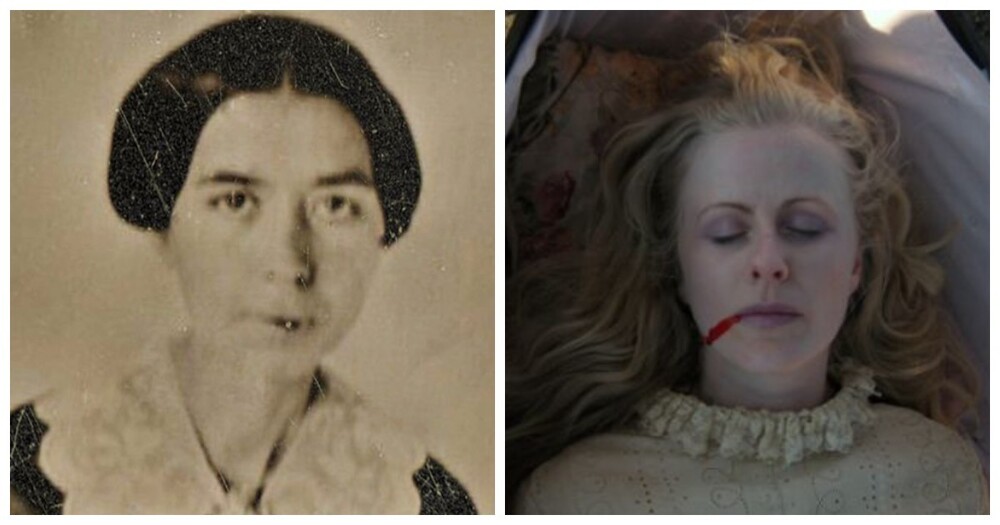
Before the romantic Edward Cullen from Twilight, the brooding Salvatore brothers from The Vampire Diaries, and the hopelessly in love Bill Compton from True Blood, all vampires were damn scary. 
The Salvatore Brothers from The Vampire Diaries
They were bloodthirsty creatures of the night, waiting under the bed or hanging outside the window, ready to bite into flesh and take life. Sometimes they even made a person one of them, which was worse than death.
Actually, this is how bloodsuckers were originally intended. Vampires as we know them today originated in the 1700s in Eastern Europe, but legends about these creatures date back hundreds of years before that. People believed that vampires were demons who possessed the bodies of the dead and sucked the blood from the living. 
Nosferatu, a Symphony of Terror, 1922 film
One of the most famous vampire stories, believed to have inspired Stoker's Dracula, concerns the "last vampire of New England" Mercy Brown. She also has the dubious honor of being called the first female vampire.
This story is sad, creepy, a little disgusting... and true. And not even really about vampires. 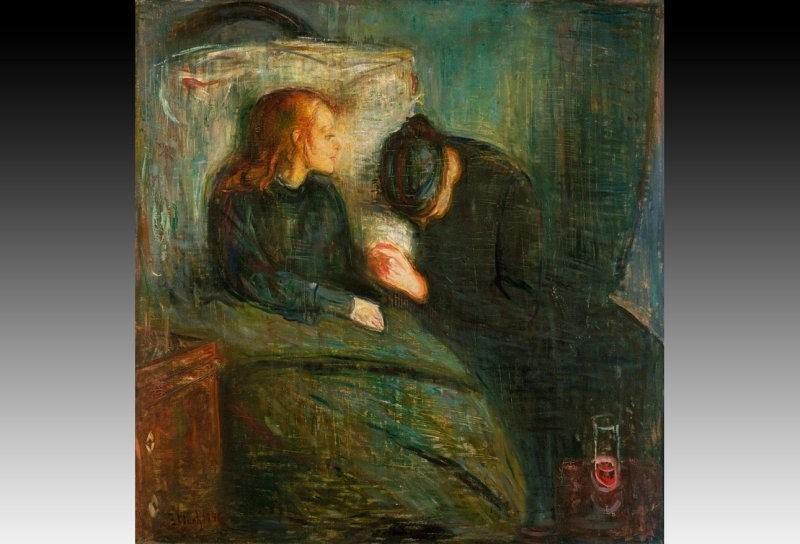
Edvard Munch "Sick Child"
In the 1800s, tuberculosis (then called consumption) was the world's leading cause of death. People with tuberculosis had an 80% chance of dying because there was no cure yet, and no treatment.
In 1884, farmer George Brown, his wife Mary Eliza and their three children, daughters Mary Olive and Mercy, and son Edwin, lived in Exeter, Rhode Island.
First, Mary Eliza fell ill with tuberculosis. She was tired, had night sweats, coughed up phlegm and blood, and soon died a painful death.
Two years after her death, their eldest daughter Mary Olive also fell ill with tuberculosis. The girl also died soon after. 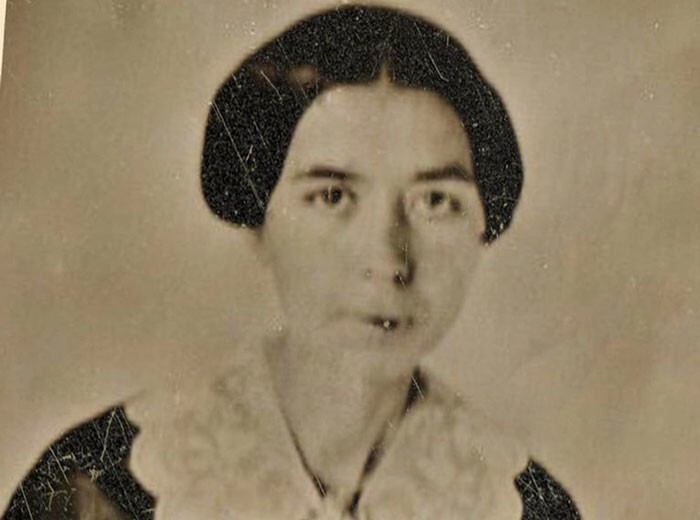
Mercy Brown
Although their deaths were terrible for the Brown family, no one else got sick and they considered themselves lucky. But in 1891 Edwin became very ill. Hearing that the mild climate would help get rid of the disease, he and his wife left for Colorado Springs. When he returned a year later, he initially felt better, but then his health deteriorated again. That same year, Edwina's 19-year-old sister Mercy also became ill and died.
Their father George was beside himself with grief and heartache. His whole family left, one by one. And the man did not know how to save his family.
Seeing what was happening, several people in town told George an old folk tale. Legend said that if members of the same family die of consumption, it is because one of the deceased is sucking the life out of still living relatives. "Well-wishers" put it into George's ears that either his dead wife or his daughters were killing his son. 
At first George laughed. He preferred to listen to science and his doctor. But as Edwin's health deteriorated, his father became increasingly desperate to save his son, the only family he had left.
So one night, under the cover of darkness, George, several townspeople, and Dr. Harold Metcalfe, who did not believe in vampires but participated in the operation out of the goodness of his heart, exhumed the bodies of George's wife and daughters.
They found only skeletons in the graves of Mary Eliza and Mary Olive. But to their surprise, they found an undecomposed body in Mercy’s coffin. Moreover, she looked exactly the same as on the day the girl was buried. Adding to their suspicions, blood was found in Mercy's heart and liver. To them, this was proof that she was indeed sucking the life out of Edwin.
In fact, there was nothing unusual about the condition of Mercy's body. She was buried during the winter months, which were very cold, and her body was well preserved naturally. The doctor tried to explain this, but came across a wall of misunderstanding in the face of fanatics with burning eyes. 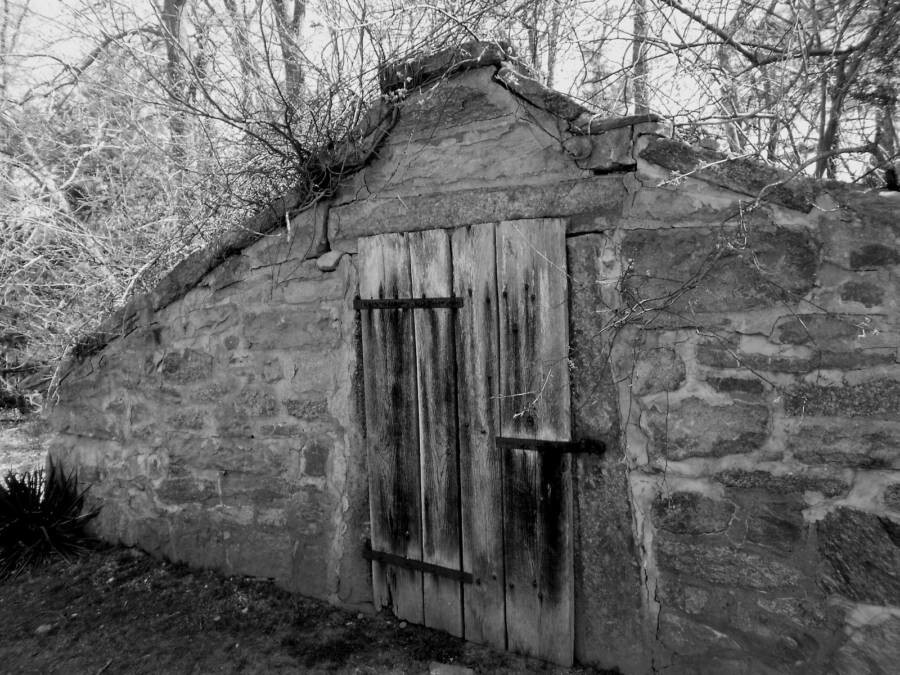
The crypt where Mercy was buried
The townspeople demanded that Mercy's heart and liver be removed and burned before she could be reburied. The doctor, realizing that it was useless to object, complied with the request.
The ashes of Mercy's heart and liver were mixed with water and fed to poor Edwin. George and the rest of the town waited to see what would happen next. Unfortunately, two months after the man was fed this dirty trick, Edwin died. Mercy was then reburied in Chestnut Hill Cemetery in Exeter.
Although Mercy's case is widely known, it is not unreasonable to believe that many other exhumations were carried out around the world during the rampage of tuberculosis in an attempt to realize desperate hopes. There are probably hundreds or even thousands of unreported sightings of so-called vampires. 
Descendants of the Brown family are rumored to have kept newspaper clippings from that time and often discuss the story. In addition to Dracula, the story of Mercy Brown has inspired many stories, including Caitlin R. Kiernan's novella So Runs the World, H. P. Lovecraft's The Forbidden House, and Sarah L. Thomson's Mercy: The Last Vampire of the New Age. England." 
Mercy Brown's gravestone
Today, Mercy Brown's resting place continues to attract the curiosity and interest of visitors to Exeter and the local cemetery. Her headstone is reinforced with a metal band connected to a post driven into the ground to protect it from vandalism. There is also a container with a notepad in which people can sign if they so choose. For what? You never know, maybe the poor thing is a vampire after all - she will wake up, read the naive and funny appeals of the living, and fulfill some cherished desire. 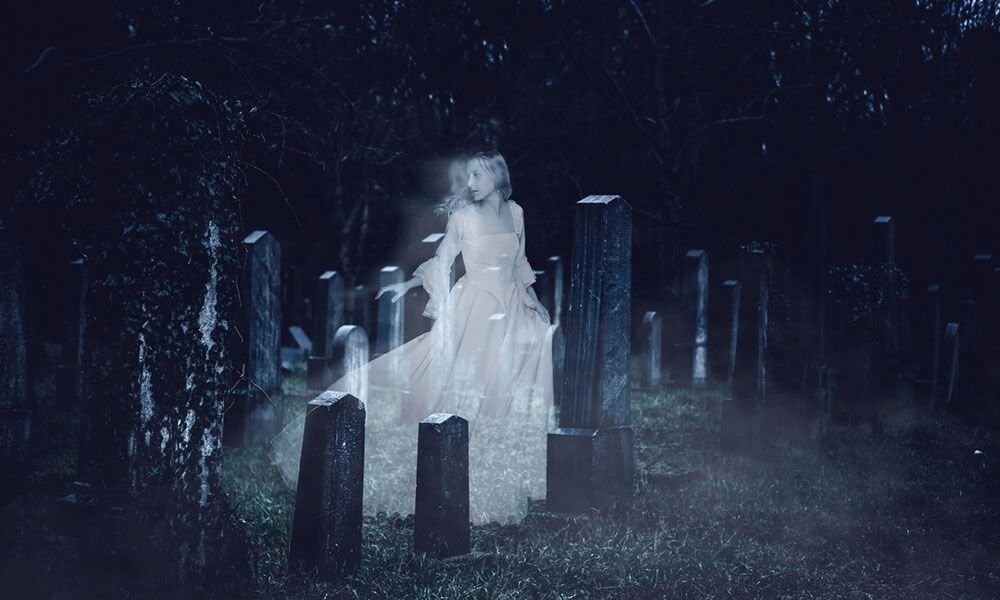
In the surrounding area, eyewitnesses have noticed blue lights near Mercy's tombstone, and a lucky few have been lucky enough to meet the ghost of a girl who is so sick after death that the only thing she wants is peace.






























